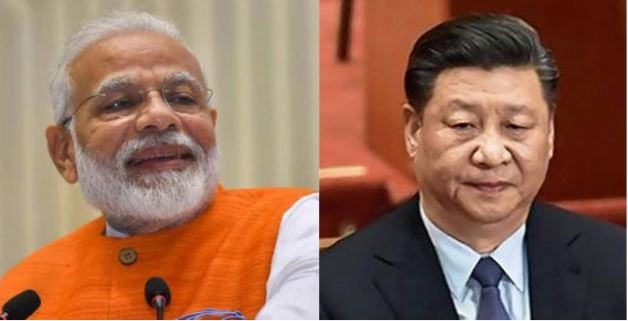In a tit for tat move, China has increased custom hurdles to Indian exports on a number of ports and Chinese customs is doing physical inspection of all goods at many ports, just like India has been doing at Chennai port for the last few days.
Federation of Indian Export Organizations (FIEO), apex body of exports promotion council, said that Indian export consignments are being held at Hong Kong and Chinese customs, in a note to the Ministry of Commerce and Industry.
“We have been given to understand that Customs is physically examining all imports from China, which is delaying clearance, adding to the cost of imports. While we have been told there is no official communication, but the examination is leading to piling of imports as reported in many newspapers,” said FIEO in the note.
By doing tit-for-tat, China has severed all the scope to end the ongoing trade war between New Delhi and Beijing. As trade war escalates, China would be at the receiving end as it enjoys trade surplus of around 50 billion dollars with India. In the last fiscal year, total trade between both countries was around 80 billion dollars with Indian exports to China at 15.5 billion dollars and Chinese exports of 65 billion dollars.
If China does a tit-for-tat with Indian exports, it means that exports worth only 15 billion dollars would be allowed in India and Chinese companies are placed to loss business worth 50 billion dollars.
When New Delhi increased scrutiny on Chinese imports, Modi government had probably anticipated this move by the Chinese authorities and yet deliberately went ahead with the plan as reciprocal tariffs would hurt China more.
Therefore, Beijing is now entangled in the trap set by New Delhi and Chinese companies are going to lose business worth 50 billion dollars by next year.
Communist government of China adopted a similar strategy with the United States by reciprocating Trump tariffs, but as it has trade surplus of more than 400 billion dollars, Trump administration forced them to sign humiliating first phase of US-China trade deal, which forces Beijing to buy American goods in large numbers.
In the meantime, India has also started looking for countries which can replace China in supplying essential imports in electronics, pharmaceuticals etc. These nations would export the essential items to India, but at the same time, Indian authorities would force them to import goods worth similar market value from Indian companies.
This would not only decouple Indian markets from Chinese supply chain, but also give Indian companies access to new markets. In a protectionist world, trade would be reciprocal, which means that any country would buy goods from other country only of the market value which it can sell to that particular country. The era of free trade, in which countries like China and Germany enjoyed trade surplus worth billions of dollars, us over.
Now, only the countries which receive good amount of remittances and investment would enjoy a Current Account Surplus. Given the fact that India is the largest recipient of remittances- around 70 billion dollars every year- and investors around the world are eyeing Indian market, the country could enjoy a very good Current Account Surplus in the next few years.
India laid a well-crafted strategy to decouple Indian markets from Chinese supplies and promote Atmanirbhar Bharat, and the Chinese Communist Party walked into that trap.


































